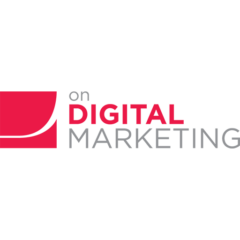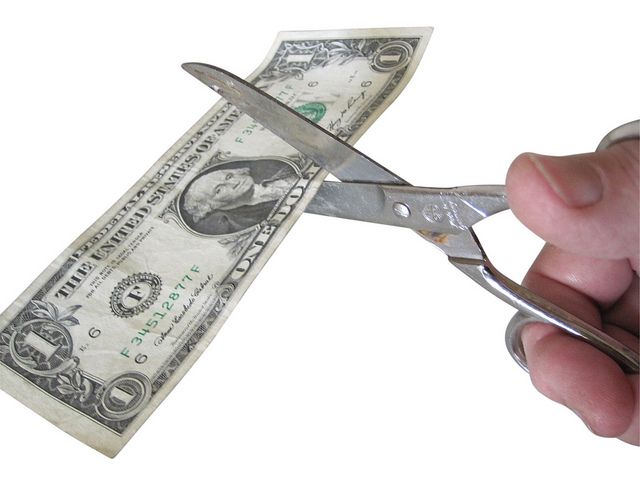The opportunity for digital marketers for forming a solid strategy is to dig into these basic fundamental questions we just saw and truly understand what is driving the business. From this vantage point, smart decisions can be made and objectives quantified and measured.
Today, it simply doesn’t cut it to espouse such comments like “marketing suggests we increase brand impressions.” Rather, the digital marketer is expected more than ever to present quantifiable goals that are tied directly to business results.
Why? Well, if it costs a company tremendous amounts of money to acquire customers than it is imperative that the lifetime value of that customer is understood.
(You must understand the customer acquisition costs and profitability as it relates to the performance of the business.)
For example, let’s say a niche shoe company sells shoes for $100 direct to consumers. It costs the company roughly $20 to acquire a new customer. These could be marketing costs from SEO, paid search, social media engagement, trade shows, and sponsorships. Adding in all other costs for design, manufacturing, customer service, human resources, warehousing, shipping, accounting, legal, and rent this number jumps up to $50 per shoe. The company thus has a profit margin of 50% on this one sale.
Let’s also say that this customer though has a phenomenal experience with the brand. They in turn, purchase an additional four more pairs of shoes over the next year.
What is the lifetime value of this customer?
Well, almost limitless:
- If the company delivers on service, design, and comfort, this customer may return several thousands of dollars.
- Averaging five pairs of shoes per year, this equals $500/year. Say for a five year period that becomes $2500. Not too bad, right?
At this point, we should talk profitability. How profitable is this customer to company?
In short – very profitable.
Here’s why:
- Our $20 acquisition cost, falls essentially to zero for future customers over time as we’ll see in the next section. Now, there will be some ongoing costs for ongoing engagement and nurturing of this existing customer (email marketing, social media updates, promos) but amortized over time these may be $1 – $2 per sale. Here is where the scale and low cost of digital marketing tools really shine – but only if we create relevant content that the customer wants to hear about.
- So, the company’s expenses fall from $50 per sale to $32 for future sales, which essentially bumps the profit margin up to almost 70%. Wow.
- After five years, what is this company’s average profit margin for this customer? Let’s break it down:
- Five year sales: $2500 ($500 per year over five years)
- Costs – Year 1: $50, $32, $32, $32, $32 = $178. Year 2: $32, $32, $32, $32, $32 = $160, Year 3: same, Year 4: same, Year 5: same.
- Five year costs: $818
- Profit margin: ($2500 – $818)/$2500 = 67%
Granted this is a simple example with very basic assumptions but really profitable businesses have this type of laser focus. (And as with everything, the devil is in the details of understanding and tracking all costs and figuring out ways to drive recurring revenue).
Key takeaway: It is much easier to sell to existing customers rather than continually be seeking to acquire new ones. Not all business models are set up for this but often times strategy and as a result marketing tends to focus overwhelmingly on acquisition (which brings with it costs). By spending an equal effort on retention, these costs can be squelched and profitability increased dramatically. The whole trick is going after the right customer from the start and building the business around that base.

